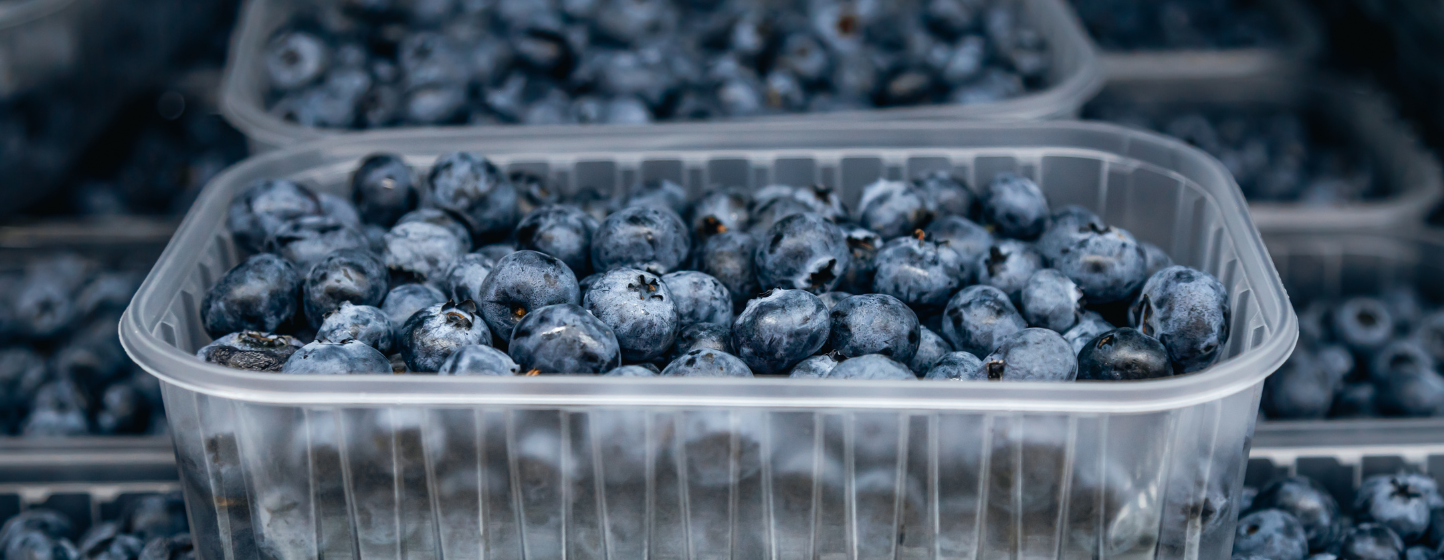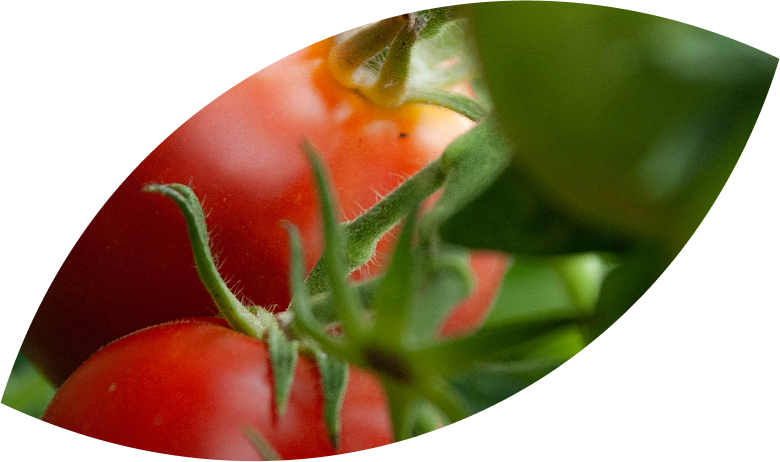
“The Indian blueberry season begins in January and continues until late April, featuring low-chill and no-chill varieties from Fall Creek, Planasa, and other breeders, grown across farms in central and northern India,” he says.
When the local harvest comes to an end, imports begin in May, bridging the gap until the next domestic season. “It’s the low season in Peru, but some high-altitude farms continue to harvest, which helps us maintain supply,” adds Parashar.
Currently, Exotic Imports brings in 8 to 10 tons of fresh blueberries per week by air to Delhi and Mumbai, including Planasa varieties such as Malibu, Manila, and Madeira; Fall Creek’s Emerald and A-blues; as well as Sekoya varieties from Peru, the Netherlands, Poland, and Georgia.
Logistical Challenges and Import Strategy
While fruit quality at origin is generally excellent, the main challenge remains maintaining freshness until arrival in India. “Multiple stopovers and high air freight costs often disrupt the cold chain, which affects the appearance and crisp texture of blueberries. Direct flights are more reliable for preserving quality, but they are rare and very expensive,” Parashar notes. He also highlights the advantage of sourcing through the Netherlands: “It’s sometimes more efficient for our partners in the Netherlands to consolidate fruit from different origins, achieving better prices and volumes.” According to him, international prices have recently eased due to increased global production, particularly in Peru, where volumes have grown by 25–30% this season. However, producers are now adjusting prices per destination market, unlike in previous years when rates were fixed.
New Horizons: South Africa, Domestic Expansion, and a Maturing Market
Looking ahead, Parashar sees South Africa as a promising new source of supply, offering shorter transit times, pending Indian phytosanitary approvals. “Chile remains an open source, but it mostly grows high-chill varieties, which don’t handle long shipments well. However, Biloxi, along with Planasa and Sekoya varieties grown in Chile, could be well-suited for the Indian market.”
The company also plans to expand bulk imports via sea containers to supply supermarkets and tier-two and tier-three cities. “We’re working to start direct container imports from Peru next year to reduce costs and expand our reach,” he explains. Parashar estimates India’s annual blueberry production at 400–600 tons, with several large projects exceeding 20 hectares underway in Madhya Pradesh and Uttarakhand, in partnership with international growers cultivating patented varieties.
A Growing and Structuring Market
When the local season resumes in January, import volumes drop again. “Once Indian fruit returns to the market, it can be sold at lower prices while still remaining profitable,” Parashar notes.
He concludes: “The Indian blueberry market is finding balance between growing domestic production and a more efficient global sourcing strategy. The shift toward bulk imports and expansion into new cities reflects a maturing market, ready to meet the country’s rapidly increasing demand.”

